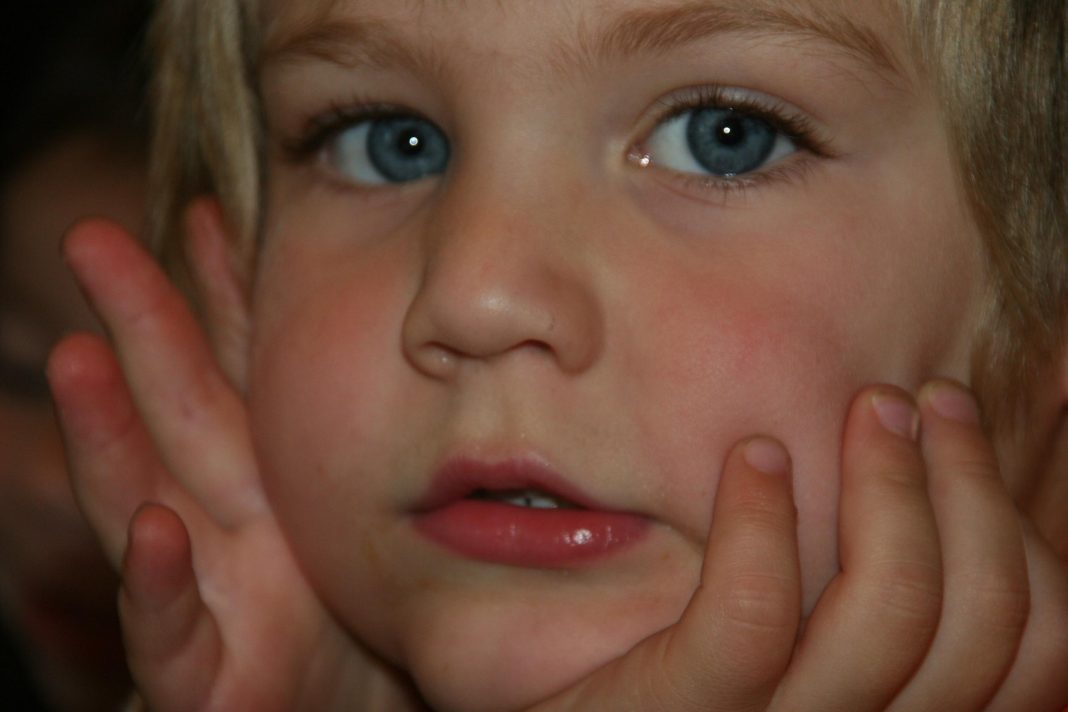In a world where adrenaline rushes and heart-pounding excitement have become synonymous with adventure, the allure of extreme sports beckons not only to the daring but also to the young. Skateboards clatter against concrete, surfboards slice through towering waves, and BMX bikes soar over ramps, capturing the imaginations of children and teenagers alike. Yet, beneath the thrill and the cheers, a pressing question lingers: Is it truly safe for children to participate in these high-octane activities? As parents, educators, and enthusiasts grapple with this dilemma, the need for a balanced exploration of the risks and rewards becomes paramount. This article delves into the world of extreme sports, examining the physical, psychological, and social implications for young participants, and seeks to illuminate a path that prioritizes both safety and the spirit of adventure.
Understanding the Risks and Rewards of Extreme Sports for Kids
Engaging in extreme sports can be both exhilarating and beneficial for children, offering a unique blend of physical activity and mental growth. These sports, which include activities like rock climbing, skateboarding, and BMX racing, can help kids develop essential skills such as courage, resilience, and problem-solving abilities. Additionally, participating in such sports often fosters a strong sense of community and belonging among young enthusiasts.
However, it’s crucial to acknowledge the potential risks involved. Parents and guardians should consider the following factors before allowing their children to participate:
- Physical Safety: Ensure proper safety gear is used and that the child is supervised by experienced instructors.
- Emotional Readiness: Assess whether the child is mentally prepared to handle the pressures and challenges of extreme sports.
- Health Conditions: Consider any pre-existing medical conditions that may be exacerbated by high-intensity activities.
Ultimately, while extreme sports can offer significant rewards, they require careful consideration and preparation to ensure a safe and enriching experience for young participants.

Parental Guidance and Precautions in Extreme Sports Participation
As extreme sports capture the imagination of young adventurers, parents face the challenge of ensuring safety without stifling enthusiasm. While the thrill of skateboarding down a steep ramp or soaring through the air on a BMX bike can be exhilarating, it’s crucial to balance excitement with safety measures. Parental guidance plays a pivotal role in creating a secure environment for children eager to explore these high-adrenaline activities.
- Research and Choose Wisely: Understand the specific risks associated with each sport. Not all extreme sports are created equal; some might be more suitable for beginners.
- Invest in Proper Gear: Helmets, knee pads, and elbow guards are non-negotiable. Ensuring the right fit can prevent serious injuries.
- Enroll in Professional Training: Qualified instructors can teach essential skills and safety techniques, significantly reducing the risk of accidents.
- Supervision and Communication: Maintain open lines of communication and supervise initial sessions to gauge the child’s comfort and skill level.
While the call of adventure is strong, a measured approach ensures that young thrill-seekers can pursue their passions safely. By equipping them with the right tools and knowledge, parents can transform potential hazards into learning opportunities and lasting memories.

Evaluating the Physical and Psychological Impact on Young Athletes
In recent years, there has been growing interest in the participation of young athletes in extreme sports. While these activities can offer thrilling experiences and foster a sense of adventure, it’s crucial to weigh both the physical and psychological impacts on young participants. On the physical side, young athletes are still in the process of developing their bodies, making them more susceptible to injuries. Common concerns include:
- Growth Plate Injuries: The bones of children and adolescents are not fully developed, making them vulnerable to fractures.
- Overuse Injuries: Repetitive strain from sports like skateboarding or BMX biking can lead to chronic pain and long-term damage.
- Concussions: High-impact sports can increase the risk of head injuries, which are particularly concerning given the ongoing development of young brains.
Psychologically, participating in extreme sports can shape a young athlete’s mindset in both positive and challenging ways. On the positive side, these sports can build resilience, self-confidence, and a strong sense of camaraderie. However, they may also introduce intense pressure to perform and succeed, potentially leading to stress or anxiety. It’s essential for parents, coaches, and mentors to provide a balanced environment where young athletes can explore these activities safely, with emphasis on mental well-being and emotional support.

Expert Recommendations for Ensuring Safety in Extreme Sports
Engaging children in extreme sports can be both exhilarating and daunting for parents. To ensure their safety, experts suggest a combination of proactive measures and ongoing vigilance. Here are some key recommendations:
- Proper Training: Ensure that children receive professional instruction from certified coaches. Training should emphasize technique, safety protocols, and the importance of wearing protective gear.
- Appropriate Equipment: Equip children with sport-specific safety gear that fits properly. Regularly check and maintain equipment to ensure it meets safety standards.
- Physical Readiness: Assess the child’s physical fitness and maturity level. Experts recommend regular health check-ups to confirm that children are physically ready to handle the demands of the sport.
- Supervision: Always provide adult supervision during practice and events. Supervisors should be trained in first aid and emergency response.
- Environment Awareness: Familiarize children with the sporting environment, including potential hazards and how to avoid them. Teach them to be aware of weather conditions and terrain changes.
By adhering to these expert recommendations, parents can help ensure that their children enjoy extreme sports in a safe and controlled manner, allowing them to develop skills and confidence while minimizing risks.








